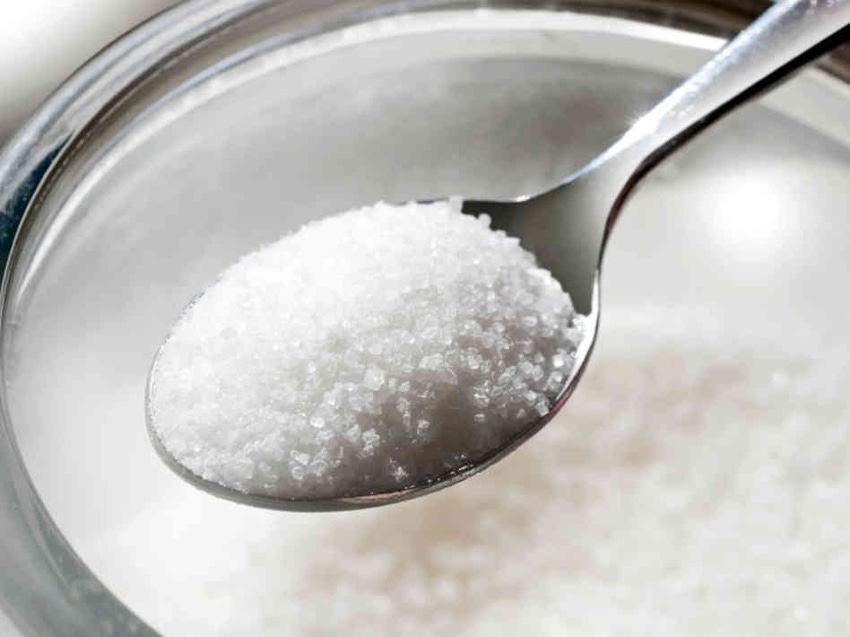Added sugars likely have greater role than salt in high blood pressure and heart disease, say doctors, so dietary guidelines should focus more on sugar and less on salt.
December 14, 2014

Added sugars in processed foods are likely to have a greater role in high blood pressure and heart disease and stroke, than added salt, say doctors in an analysis of the published evidence in the online journal Open Heart. Dietary guidelines should emphasize the role played by added sugars, particularly fructose, in the fight to curb the prevalence of cardiovascular, they insist.
Cardiovascular disease is the number-one cause of premature death in the developed world. And high blood pressure is its most important risk factor, accounting for almost 350,000 deaths in the U.S. in 2009 and costing more than $50 billion U.S. dollars every year.
Dietary approaches to lower high blood pressure have historically focused on cutting salt intake. But the potential benefits of this approach “are debatable,” say the authors. This is because the average reductions in blood pressure achieved by restricting salt intake tend to be relatively small, and there is some evidence to suggest that 3 to 6 g salt daily may be optimal for health, and that intake below 3 g may actually be harmful, they write.
Most salt in the diet comes from processed foods, which also happen to be a rich source of added sugars, they point out. “Sugar may be much more meaningfully related to blood pressure than sodium, as suggested by a greater magnitude of effect with dietary manipulation,” they state. “Compelling evidence from basic science, population studies, and clinical trials implicates sugars, and particularly the monosaccharide fructose, as playing a major role in the development of hypertension [high blood pressure]. Moreover, evidence suggests that sugars in general, and fructose in particular, may contribute to overall cardiovascular risk through a variety of mechanisms.”
They point the finger in particular to high fructose corn syrup, which is the most frequently used sweetener in processed foods, particularly fruit-flavored and fizzy drinks. “Worldwide, sugar sweetened beverage consumption has been implicated in 180,000 deaths a year,” they write.
Around 300 years ago, people only consumed a few pounds of sugar a year, they add, whereas current estimates suggest that average consumption in the US is 77 to 152 pounds a year—equivalent to 24 to 47 teaspoons a day.
The evidence suggests that people whose dietary intake of added sugars adds up to at least a quarter of their total daily calories have almost triple the cardiovascular disease risk of those who consume less than 10 percent. And a daily intake of more than 74 g of fructose is associated with a 30 percent greater risk of blood pressure above 140/90 mm Hg and a 77 percent increased risk of blood pressure above 160/100 mm Hg. A high fructose diet has also been linked to an unfavorable blood fat profile, higher fasting blood insulin levels, and a doubling in the risk of metabolic syndrome.
Some dietary guidelines do include recommendations about daily intake of added sugars, but are not stringent enough, nor do they make specific recommendations about fructose, say the authors. And it’s high time they did. Of particular concern, they say, is that UK and U.S. teens may be consuming added sugars up to 16 times the recommended limit. They emphasize that naturally-occurring sugars found in fruit and vegetables are not harmful to health. Eating fruit and vegetables is almost certainly beneficial.
“Just as most dietary sodium does not come from the salt shaker, most dietary sugar does not come from the sugar bowl; reducing consumption of added sugars by limiting processed foods containing it, made by corporations, would be a good place to start,” write the authors.
And they go on to warn: “The evidence is clear that even moderate doses of added sugar for short durations may cause substantial harm.”

You May Also Like


